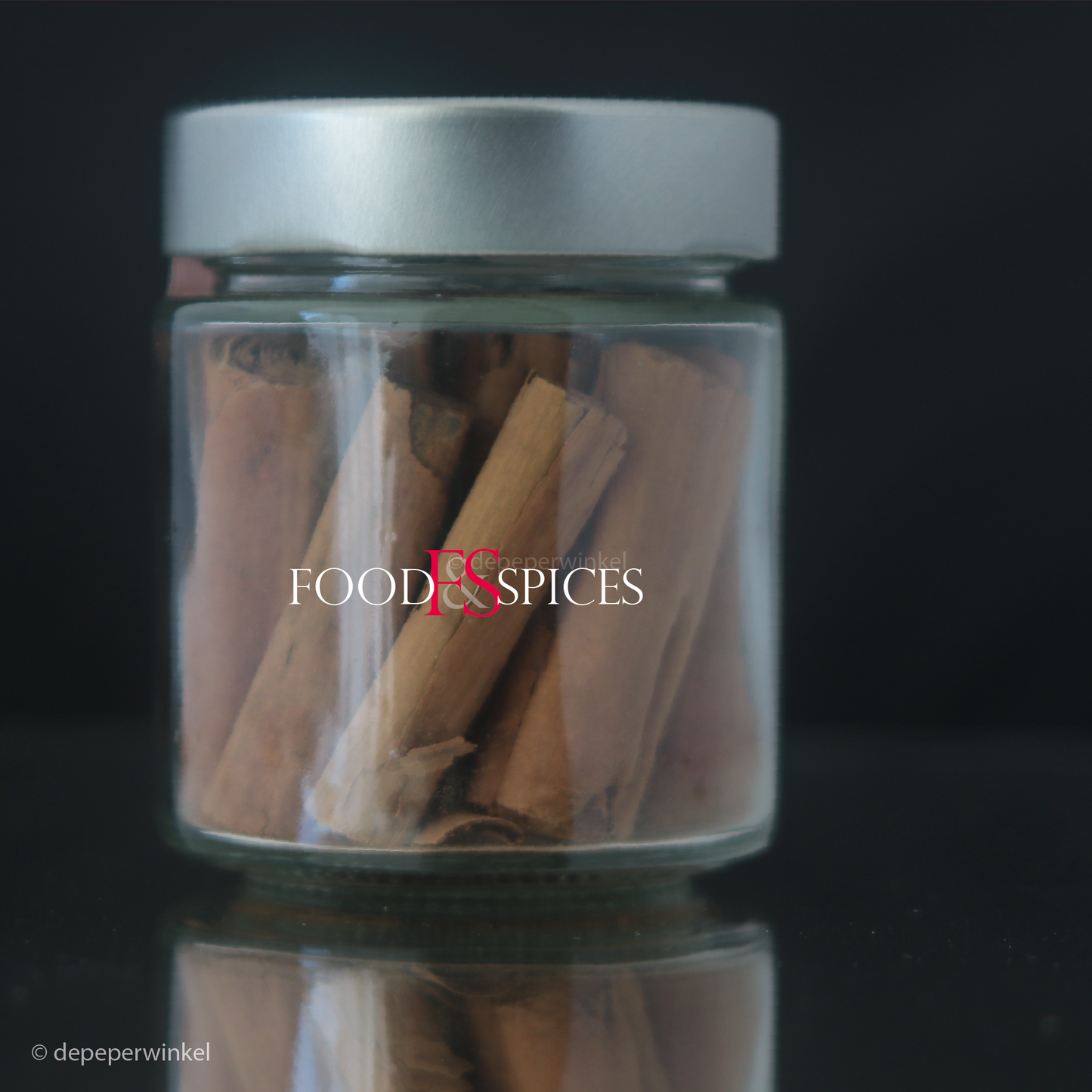depeperwinkel
Ceylon cinnamon
Ceylon cinnamon
Unable to load availability for pickup
Ceylon cinnamon is called 'true cinnamon', and rightly so, because that is its botanical name. You can immediately recognize Ceylon cinnamon by the thin layers of bark and the way they are rolled.
Ceylon cinnamon is the dried bark of a tree that only occurs in certain humid, tropical areas, such as (former) Ceylon, now called Sri Lanka. This cinnamon comes from the young shoots of the tree and has been carefully stripped of the lignified layer. The cinnamon is therefore smooth and full of aroma.
Only the bark of young shoots is suitable for making cinnamon. To this end, the new six-month-old young shoots are sawn off once every two years and only then peeled. The cinnamon tree has the ability to produce fresh shoots again and again, so that the bark can be harvested every few years.
The quality of cinnamon depends on the quality of the tree, the age of the shoots (the older the branches, the poorer the quality), the method of peeling and the method of drying. By removing the less aromatic, lignified layers, the bark becomes more flexible and overall more aromatic. The properly peeled bark contains 0.5 to 1% of the essential oil, cinnamaldehyde. Lower quality Ceylon cinnamon is not only less aromatic, but also more bitter.
The smaller pieces of bark are rolled into greater lengths, creating a meter-long roll. Only when this long roll has dried sufficiently are the 'sticks' cut from it. Our Ceylon cinnamon is cut into practical pieces of 50mm.
Ceylon cinnamon makes up only a small part of the total cinnamon production, which mainly consists of the thicker, less aromatic bark of other cinnamon cultures (cassia). Most Ceylon cinnamon comes from Sri Lanka, or like the cinnamon we supply, from Madagascar. Much ground cinnamon comes from Indonesia from the Cinnamomum burmanii or korintje, a name that you will rarely encounter on packaging.
Usage
Cinnamon is used in sweet and savory preparations and is a component of many spice mixtures, including ras-el-hanout and gingerbread spices. Common uses of cinnamon are desserts and baking products, from cookies and cakes to bread.
By using cinnamon sticks instead of powder, the dosage of cinnamon can be easily adjusted to the desired taste, because the stick can be removed during preparation, comparable to a bouquet garni or a tea bag.
Features:
- 100% rolled bark of Cinnamomum verum
- origin: Madagascar
- various diameters, length approx. 5 cm
Assortment
- available in stand-up pouch and glass
- stand-up pouches contain 30, 45, 60, 150 and 300 grams respectively
- glass jar contains 30 grams
- larger quantities on request
Gift packaging
- the jar is available in a tasteful gift packaging, consisting of a cube box filled with black tissue paper
- for an overview of our gift packaging, please refer to the section gift packaging
Health
Ceylon cinnamon contains relatively little coumarin, so the sweet notes dominate and the slightly bitter undertone that characterizes cassia is missing. Ceylon cinnamon powder also contains hardly any coumarin.
Coumarin is an aromatic substance that inhibits blood clotting and in exceptional cases can cause liver damage.The European Food Safety Authority (EFSA) has banned the addition of synthetically manufactured coumarin to foodstuffs and set a maximum tolerable daily intake (TDI) of 0.1 mg per kilogram of body weight per day for natural coumarin.
Cassia contains 20 to 400 times as much coumarin as Ceylon cinnamon (0.017 grams per 100 grams).
General advice
- store cinnamon in a dark, dry and cool place
- the expiration date is an indication
- best before June 2026 (06/2026)
- cinnamon sticks cannot be frozen
Special question ?
The cinnamon sticks are supplied in different diameters. Do you only want thick rolls (easy to dose) or thin ones? Feel free to ask us about the possibilities.
Share







